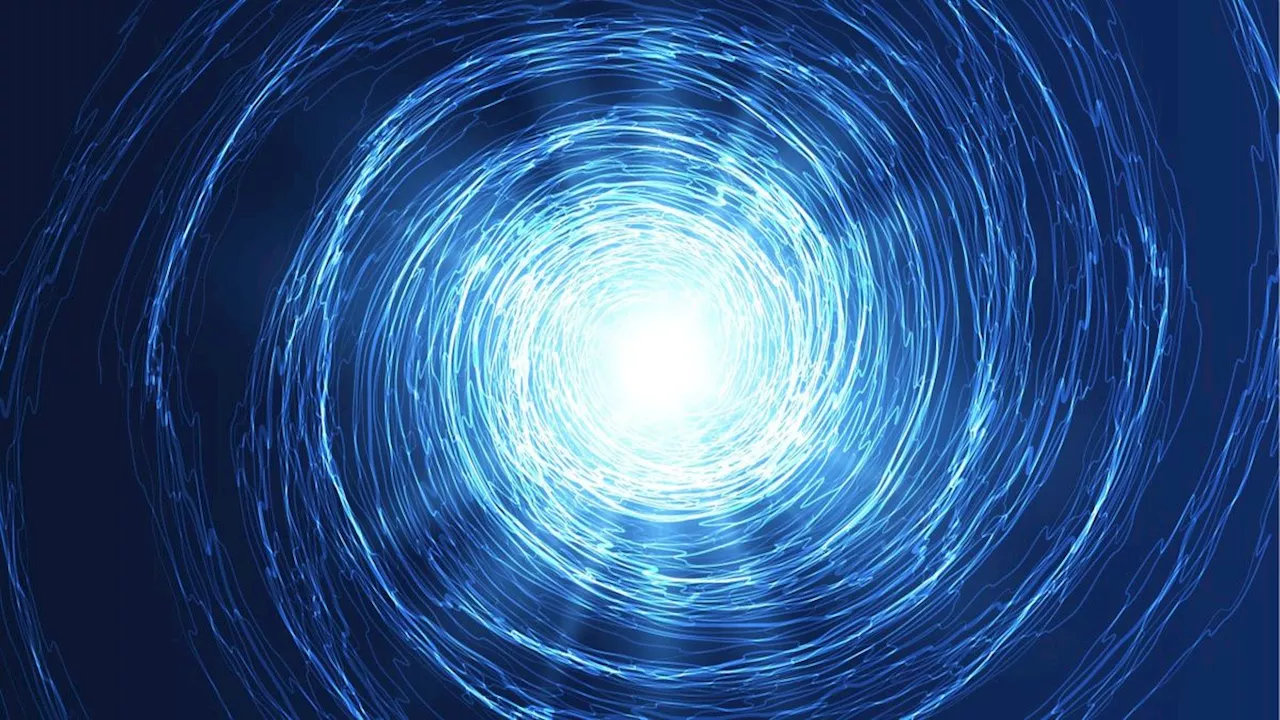Ben Turner is a U.K. based staff writer at Live Science. He covers physics and astronomy, among other topics like tech and climate change. He graduated from University College London with a degree in particle physics before training as a journalist.
Scientists have created a giant quantum tornado inside a helium superfluid, and they want to use it to probe the enigmatic nature of black holes.
"Using superfluid helium has allowed us to study tiny surface waves in greater detail and accuracy than with our previous experiments in water," lead author Patrik Svancara, a physicist at the University of Nottingham in the U.K., said in a statement."As the viscosity of superfluid helium is extremely small, we were able to meticulously investigate their interaction with the superfluid tornado and compare the findings with our own theoretical projections.
In the absence of a cataclysmic space-time rupture on Earth, the team behind the new study looked to a model system that could simulate some of the extreme eddies that exist around black holes. After supercooling liquid helium to a few fractions above absolute zero, they placed it inside a tank with a propeller at the bottom to stir up a vortex inside the fluid.
RELATED STORIES—James Webb telescope spots galaxies from the dawn of time that are so massive, they 'shouldn't exist'—What's the biggest black hole in the universe?
United States Latest News, United States Headlines
Similar News:You can also read news stories similar to this one that we have collected from other news sources.
 Physicists develop modeling software to diagnose serious diseasesResearchers have recently published FreeDTS -- a shared software package designed to model and study biological membranes at the mesoscale -- the scale 'in between' the larger macro level and smaller micro level.
Physicists develop modeling software to diagnose serious diseasesResearchers have recently published FreeDTS -- a shared software package designed to model and study biological membranes at the mesoscale -- the scale 'in between' the larger macro level and smaller micro level.
Read more »
 Physicists Study Schooling Behavior of ZebrafishA research team has examined the schooling behavior of zebra danio (Danio rerio, also known as 'zebrafish') using methods from the field of multi-particle physics. They explain that groups of just three fish already move in a similar way to large schools while, by contrast, two fish display completely different behavior.
Physicists Study Schooling Behavior of ZebrafishA research team has examined the schooling behavior of zebra danio (Danio rerio, also known as 'zebrafish') using methods from the field of multi-particle physics. They explain that groups of just three fish already move in a similar way to large schools while, by contrast, two fish display completely different behavior.
Read more »
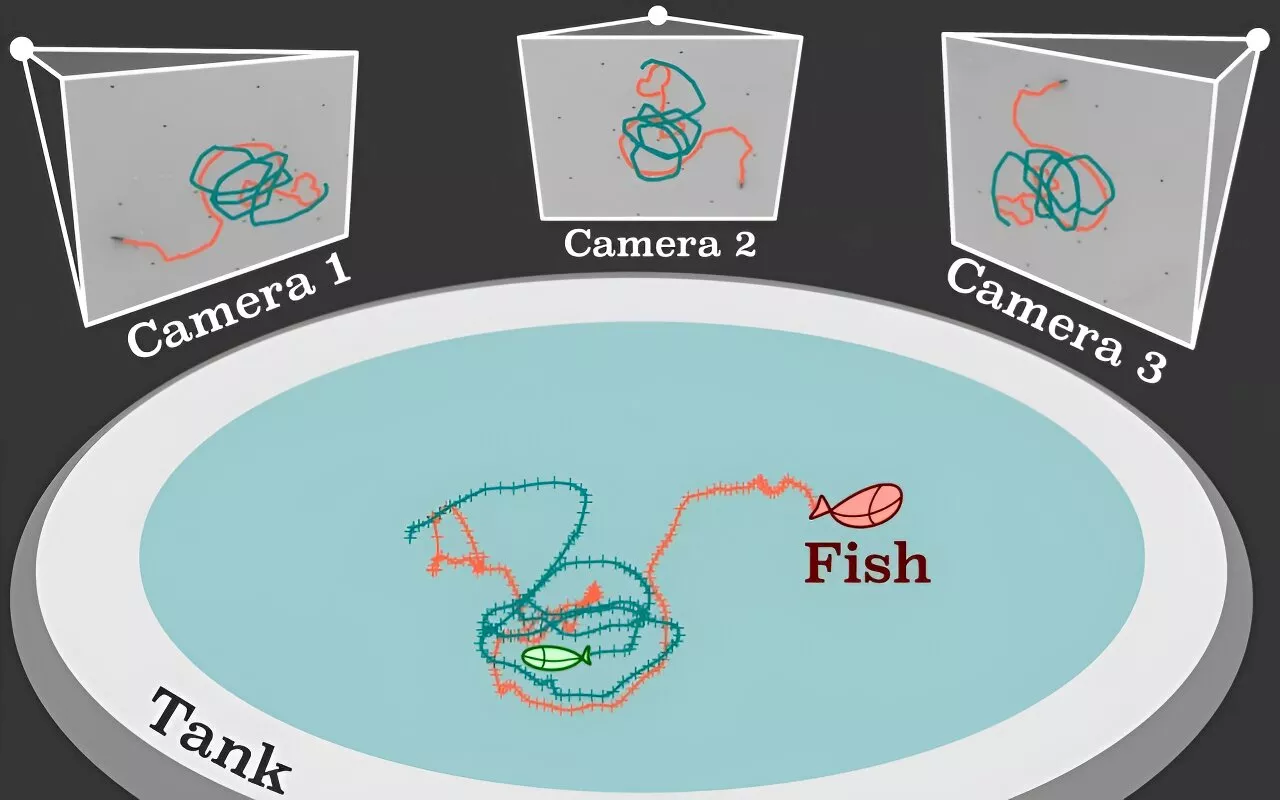 How many zebrafish constitute a school? 'Three,' say physicistsPhysicists are also interested in fish—above all when they are researching the formation of structures.
How many zebrafish constitute a school? 'Three,' say physicistsPhysicists are also interested in fish—above all when they are researching the formation of structures.
Read more »
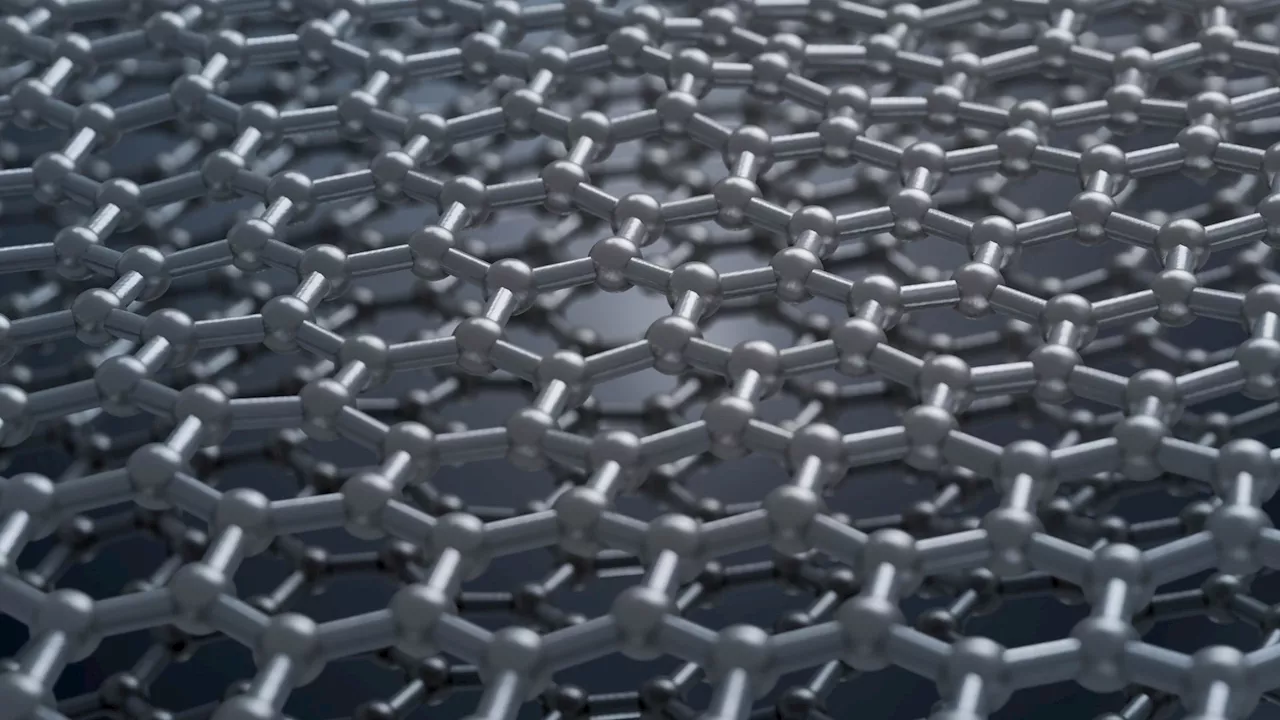 Electrons act like ghosts in graphene, puzzling physicistsResearchers have found fractional quantum anomalous Hall effect in graphene molecules which could pave the way for making certain type of quantum computers.
Electrons act like ghosts in graphene, puzzling physicistsResearchers have found fractional quantum anomalous Hall effect in graphene molecules which could pave the way for making certain type of quantum computers.
Read more »
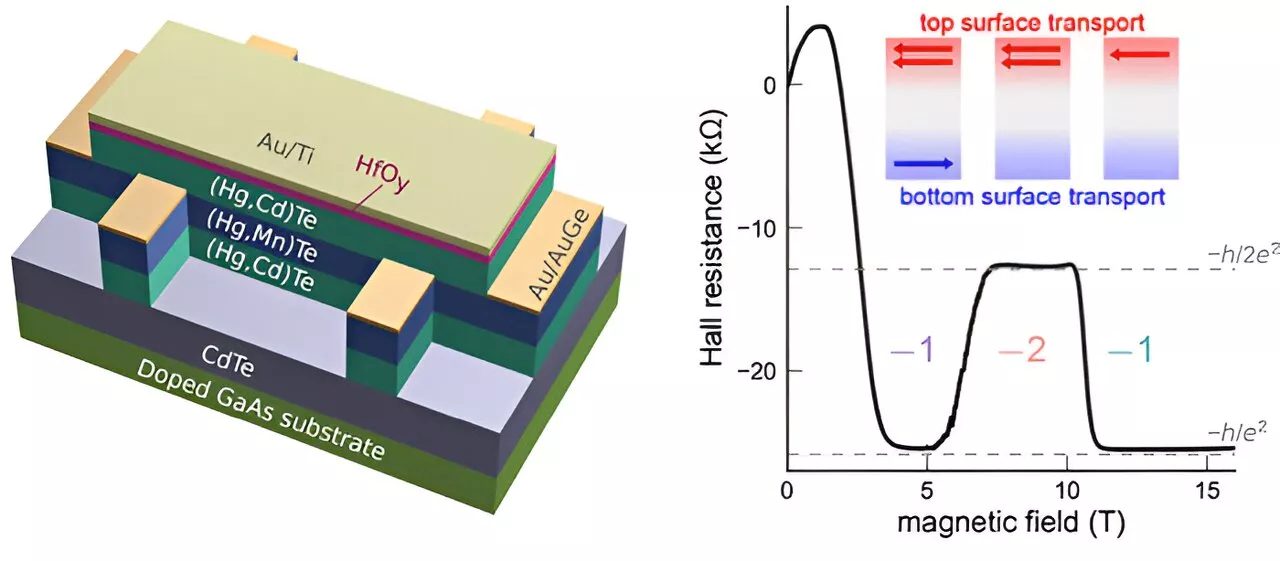 Physicists demonstrate parity anomaly in a topological insulatorExperimental and theoretical physicists from the Würzburg Institute for Topological Insulators have observed a re-entrant quantum Hall effect in a mercury telluride device and have identified it as a signature of parity anomaly.
Physicists demonstrate parity anomaly in a topological insulatorExperimental and theoretical physicists from the Würzburg Institute for Topological Insulators have observed a re-entrant quantum Hall effect in a mercury telluride device and have identified it as a signature of parity anomaly.
Read more »
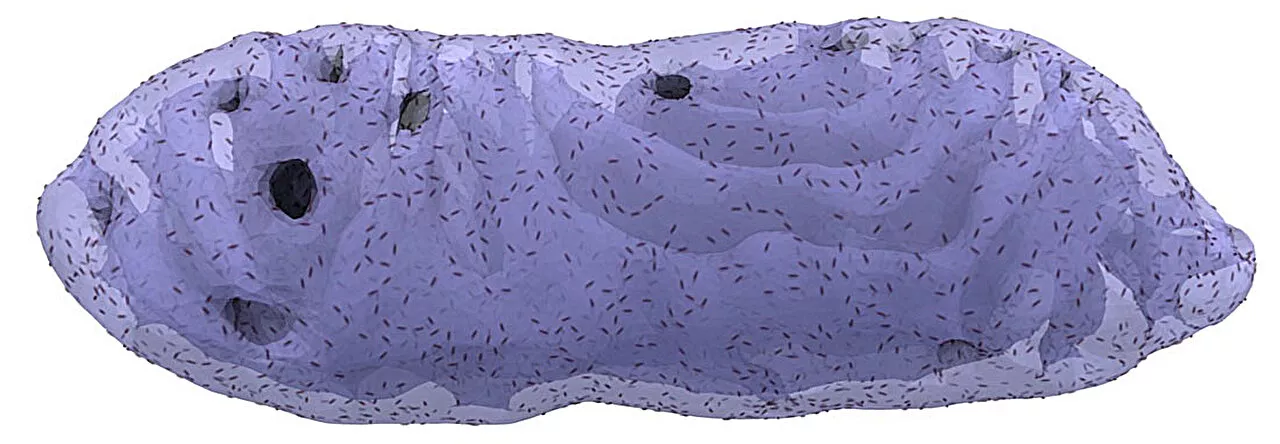 Physicists develop modeling software to study biological membranes at the mesoscaleResearchers at the Niels Bohr Institute, University of Copenhagen and University of Southern Denmark have recently published FreeDTS—a shared software package designed to model and study biological membranes at the mesoscale—the scale 'in between' the larger macro level and smaller micro level.
Physicists develop modeling software to study biological membranes at the mesoscaleResearchers at the Niels Bohr Institute, University of Copenhagen and University of Southern Denmark have recently published FreeDTS—a shared software package designed to model and study biological membranes at the mesoscale—the scale 'in between' the larger macro level and smaller micro level.
Read more »
